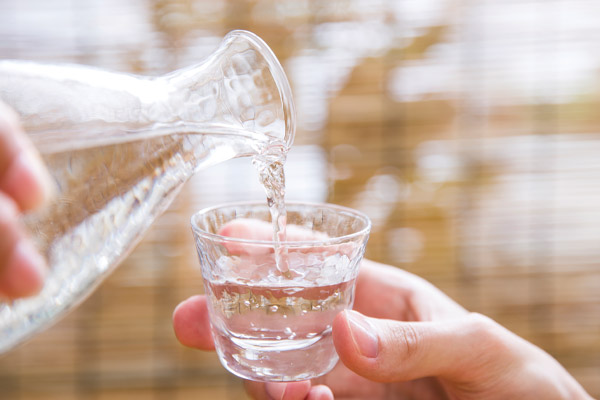

This article originally appeared in the July/August 2021 issue of Zymurgy Magazine
By Amahl Turczyn
Making sake at home is no more difficult a process than brewing an all-grain batch of beer, but it’s not something you can knock out in a day—from start to finish it’s about a five-week process. Most of that time, however, the work required is very easy: giving something a stir, checking a temperature, measuring out and soaking an ingredient, or, in the latter stages, simply waiting for fermentation to do its thing. Each step needs to happen in the correct order, though, so careful planning is required. If you are handy with scheduling, you can simply write out the whole process on your favorite calendar, set reminders for yourself so you don’t skip a step, and then just follow along.
In the early stages, you’ll build up a starter called shubo, or the seed mash. Once the starter has had a chance to establish a sufficient yeast cell count (usually over about a week at a controlled temperature), you’ll move on the main stages of the process, which is where the real work starts. You’ll add the starter, followed by progressively larger additions of the three primary ingredients, to your fermenter, where starch conversion and fermentation take place simultaneously. The process may seem complex, and it is admittedly lengthy, but taking it one step at a time will reward the patient homebrewer with excellent homemade sake…
Access the full article in the July/August 2021 Zymurgy magazine.
This article includes:
- RECIPE: Homemade Sake
- Main ingredients: water, yeast, koji, rice, and adjuncts
- Required and recommended equipment
- How to prepare and add rice to a sake ferment
- Understanding and planning the sake ferment process
- Post-fermentation processes
- Pasteurization and packaging
Access premium member content for $4.99/month. Join Now
Access premium member content for $4.99/month
Join for $4.99Already a member? Login here
